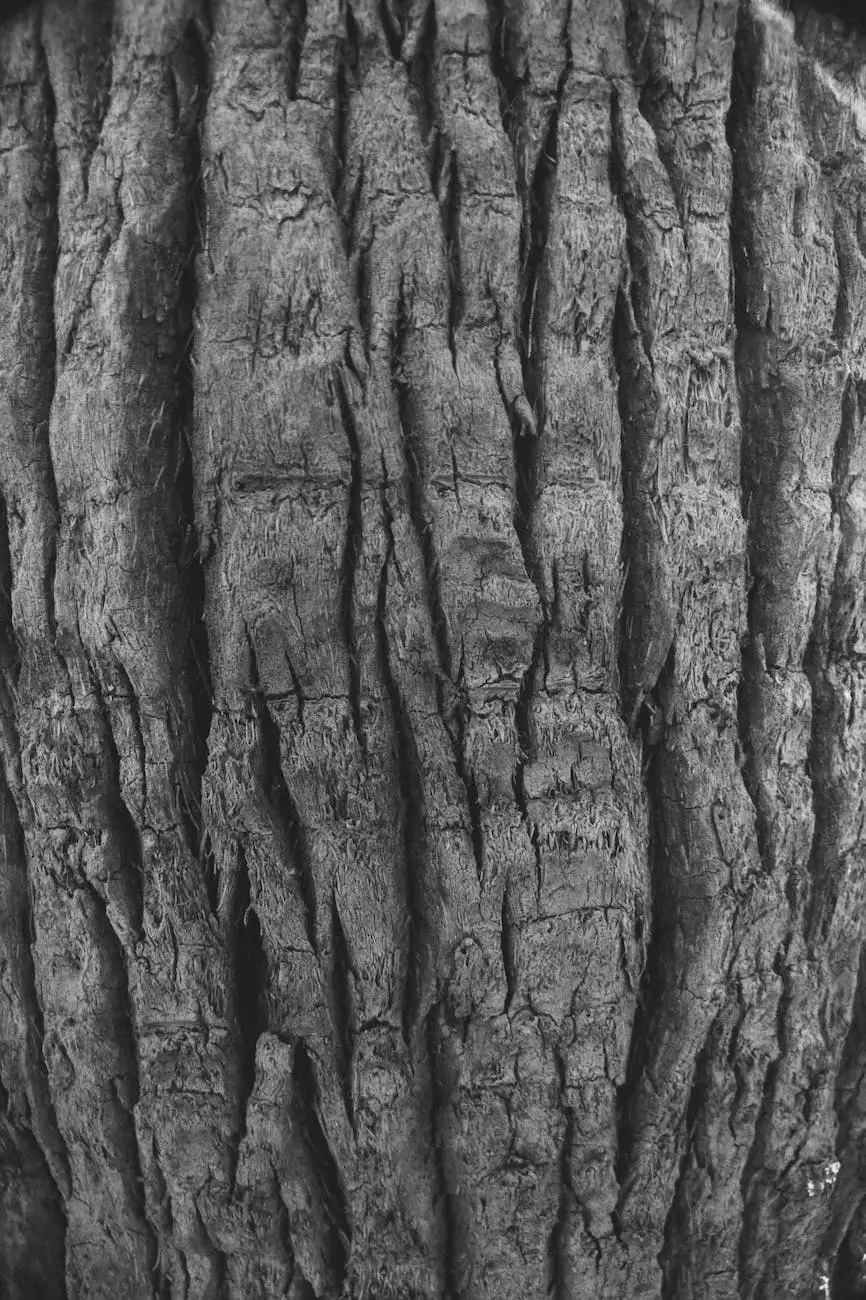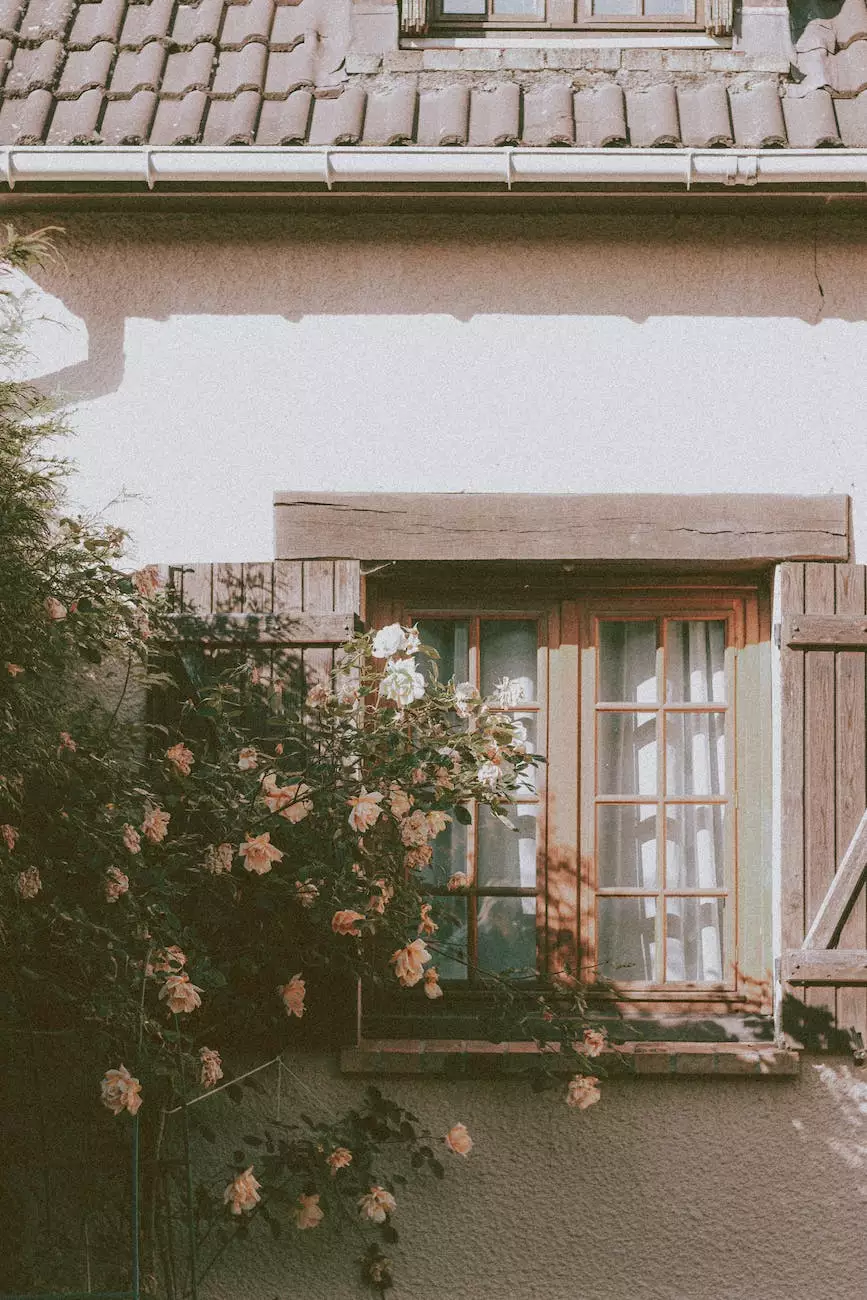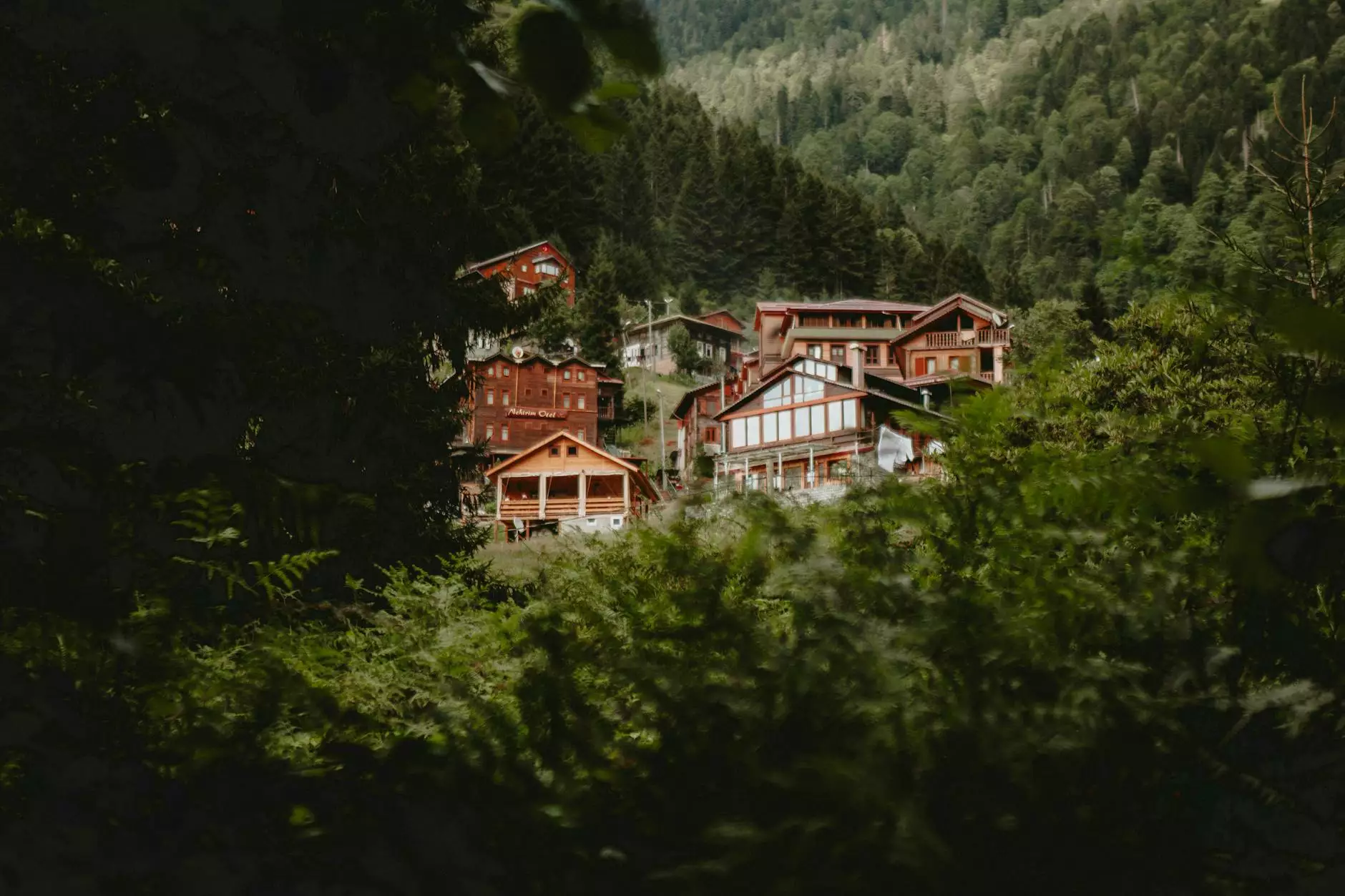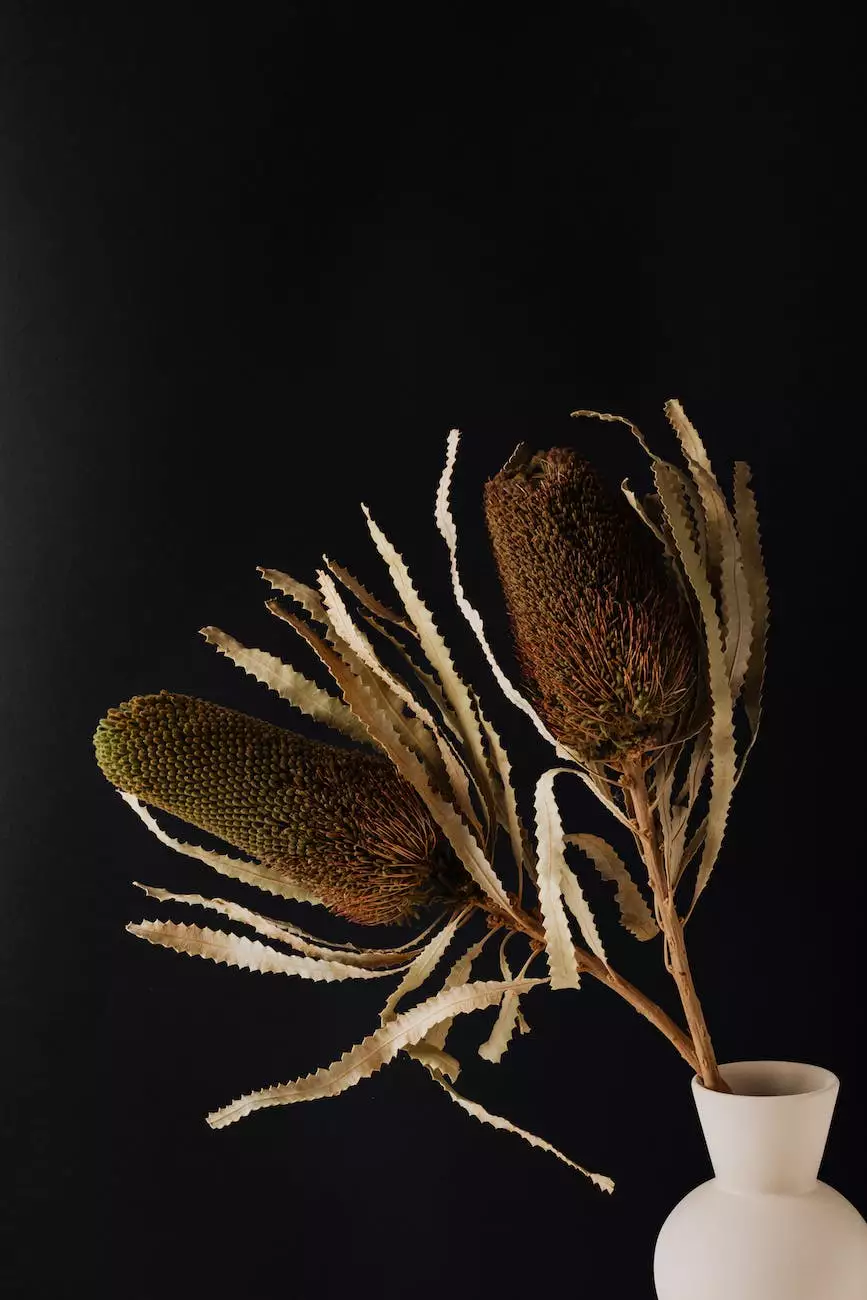How to Prevent and Treat Oak Anthracnose - The Tree Doctor

Introduction
Welcome to Cutting Hedge Services, your trusted partner in tree care. In this article, we will discuss the prevention and treatment of Oak Anthracnose, a common fungal infection that affects oak trees. We will provide you with expert advice and techniques to help you maintain healthy oak trees in your landscape.
What is Oak Anthracnose?
Oak Anthracnose is a fungal disease caused by the pathogen Gnomoniella or Apiognomonia. It primarily affects oak species, including red oaks, white oaks, and live oaks. The disease is prevalent in humid and rainy environments, particularly during spring and early summer when the weather conditions are ideal for fungal growth.
Symptoms of Oak Anthracnose
Identifying the symptoms of Oak Anthracnose is crucial for early detection and effective treatment. Here are some common signs to look out for:
- Leaf Spots: Circular or irregular brown spots appear on the leaves. These spots may have a dark border and can coalesce, leading to defoliation.
- Twig Blight: Infected twigs and small branches may exhibit cankers, causing dieback and weakening of the tree's overall structure.
- Shoot Blight: Young shoots may experience dieback, stunting their growth and affecting the tree's ability to produce new foliage.
- Acorn Blight: Infected acorns may appear discolored or shriveled, leading to reduced seed production and potentially affecting the oak tree's regeneration process.
Prevention Strategies
To prevent the occurrence and spread of Oak Anthracnose, follow these recommended strategies:
1. Prune Infected Branches
Regularly inspect your oak trees for signs of infection. If you notice any infected branches or twigs, promptly remove and destroy them. This practice helps prevent the further spread of the pathogen to healthy parts of the tree.
2. Improve Air Circulation
Ensure adequate spacing between oak trees and other vegetation. Proper spacing promotes air circulation, limiting the humidity levels that favor fungal growth. Trim surrounding branches to allow sunlight penetration and enhance air movement, reducing the chances of infection.
3. Avoid Overhead Irrigation
When watering your oak trees, opt for ground-level irrigation methods such as soaker hoses or drip systems. Overhead irrigation, such as sprinklers, can lead to prolonged leaf wetness and create favorable conditions for fungal infections like Oak Anthracnose.
4. Mulch Responsibly
Apply a 2-4 inch layer of organic mulch around the base of your oak trees, ensuring to keep the mulch several inches away from the trunk. Mulch helps conserve soil moisture and regulates temperature, but improper mulching too close to the trunk can create excessive moisture, increasing the likelihood of fungal diseases.
5. Maintain Tree Health
Stressed or weakened oak trees are more susceptible to Oak Anthracnose. Implement proper tree care practices, including regular watering, balanced fertilization, and timely pruning. Healthy trees have a better chance of withstanding infectious diseases.
Treatment Options
While prevention is crucial, treating Oak Anthracnose promptly can help save affected oak trees and minimize further damage. Here are some treatment options:
1. Fungicide Applications
Consult with a certified arborist or tree care professional to determine the appropriate fungicides for Oak Anthracnose treatment. Follow the recommended application guidelines to ensure effective control of the fungal infection.
2. Proper Pruning Techniques
Prune infected branches and twigs during the dormant season to reduce the pathogen load on the tree. Sterilize pruning tools between cuts to prevent spreading the infection. Proper pruning promotes new growth and helps the tree recover.
3. Nutrient Management
Implement a fertilization program tailored to your oak trees' needs. Well-nourished trees are more resilient to diseases. Consult with an arborist to assess your soil's nutrient deficiencies and develop an appropriate fertilizer plan.
4. Professional Tree Care Services
Consider hiring a professional tree care service, such as Cutting Hedge Services, specializing in oak tree care and disease management. Experts can provide accurate diagnosis, recommend suitable treatment options, and implement effective strategies to restore and protect your oak trees.
Conclusion
Oak Anthracnose can significantly impact the health and aesthetics of your oak trees. By following the prevention strategies outlined in this article and seeking professional tree care when needed, you can effectively prevent and treat Oak Anthracnose. Trust Cutting Hedge Services, the tree doctor, to help you maintain beautiful and healthy oak trees in your landscape.




